
As stated in the 2013 World Economic Forum Global Competitiveness Report, Myanmar was ranked 146th out of 148 places for its overall quality of infrastructure. One of the most pressing issues regarding infrastructure in Myanmar is the citizens’ lack of access to electricity, transportation and communication; these are basic infrastructures and services in Myanmar that must be improved.
Infrastructure Improvement
Infrastructure in Myanmar needs to be improved because its poor quality stunts the country’s development as well as its appeal for foreign investment. The government of Myanmar developed various pieces of legislation, such as the Central Bank of Myanmar Law (2013), to address the country’s need for better infrastructure, but Myanmar does not have the capacity to improve these issues by itself. Thus, the country’s government has asked for assistance from other countries, proposing technical assistance and foreign financial investment.
Myanmar is located between China and India, two nations that are among the world’s most influential emerging markets. Due to this location, addressing the gap in infrastructure in Myanmar is essential.
A report came out around the end of last year — “Building Myanmar: Bridging the Infrastructure Gap” — that called attention to the country’s infrastructure issues. Despite infrastructure’s halting influence on Myanmar’s growing economy, the country has put forth the National Transport Master Plan (NTMP) in order to address the issues.
Current Efforts
This plan is overseen by the Ministry of Transport and Communications, which takes care of issues within the transport sector. A few of the departments that this ministry operates through are Myanmar Railways, Myanmar National Airlines (MNA), Inland Water Transport and the Road Transport Administration Department.
Additional departments used to oversee the country’s infrastructure include the Department of Civil Aviation (DCA) and the Myanmar Port Authority, and are meant to oversee administration and services for civil aviation and administration and regulation of the country’s coastal ports.
Despite the current infrastructure issues, the future looks bright for Myanmar in this sector. Private investment and foreign aid are in the works to improve infrastructure in Myanmar, and there exists new investment in rail and road networks, which aids the current work to reduce port congestion. With efforts like these, the future of infrastructure in Myanmar is extremely hopeful.
– Haley Rogers
Photo: Flickr
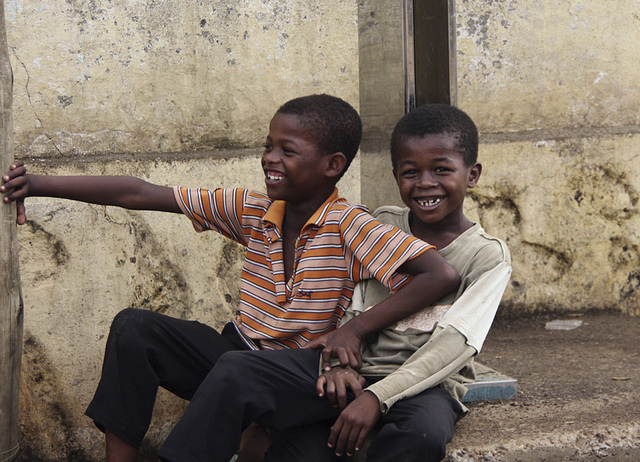
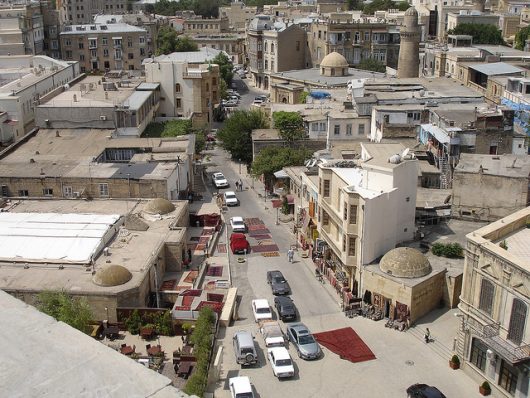
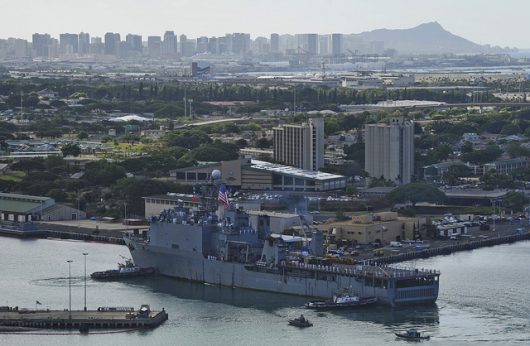
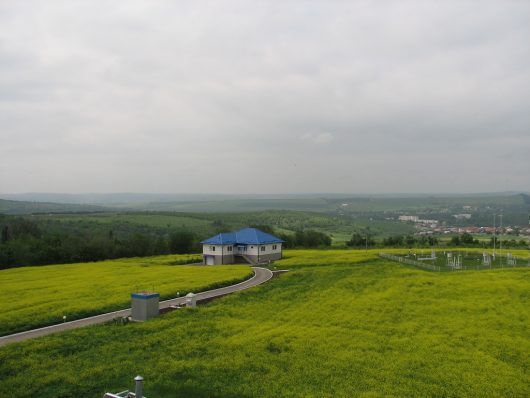
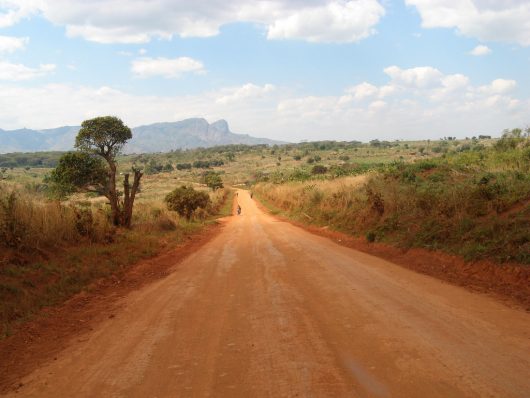 Infrastructure in
Infrastructure in 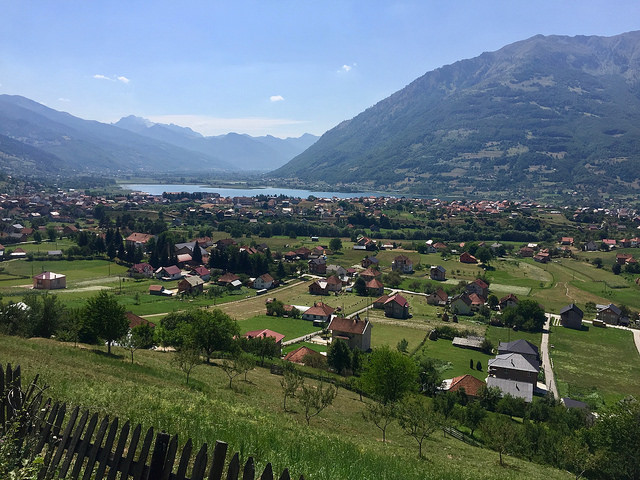 Despite
Despite 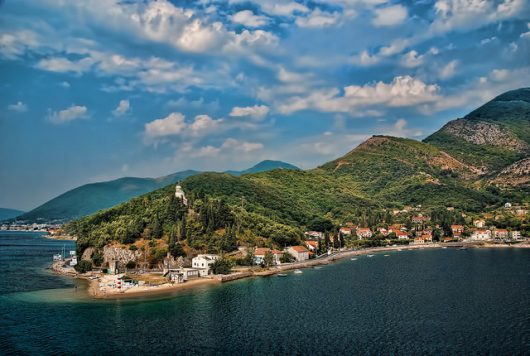
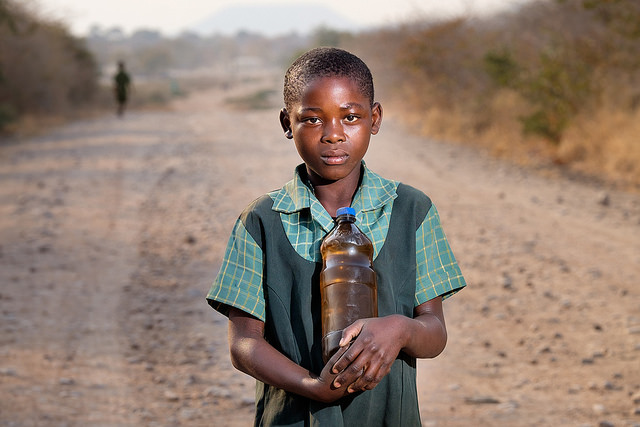 Worldwide, 844 million people do not have access to clean water, meaning that one in nine people are living with water unsafe for human consumption. This is referred to as The Water Crisis.
Worldwide, 844 million people do not have access to clean water, meaning that one in nine people are living with water unsafe for human consumption. This is referred to as The Water Crisis. In 2017, the government of
In 2017, the government of 